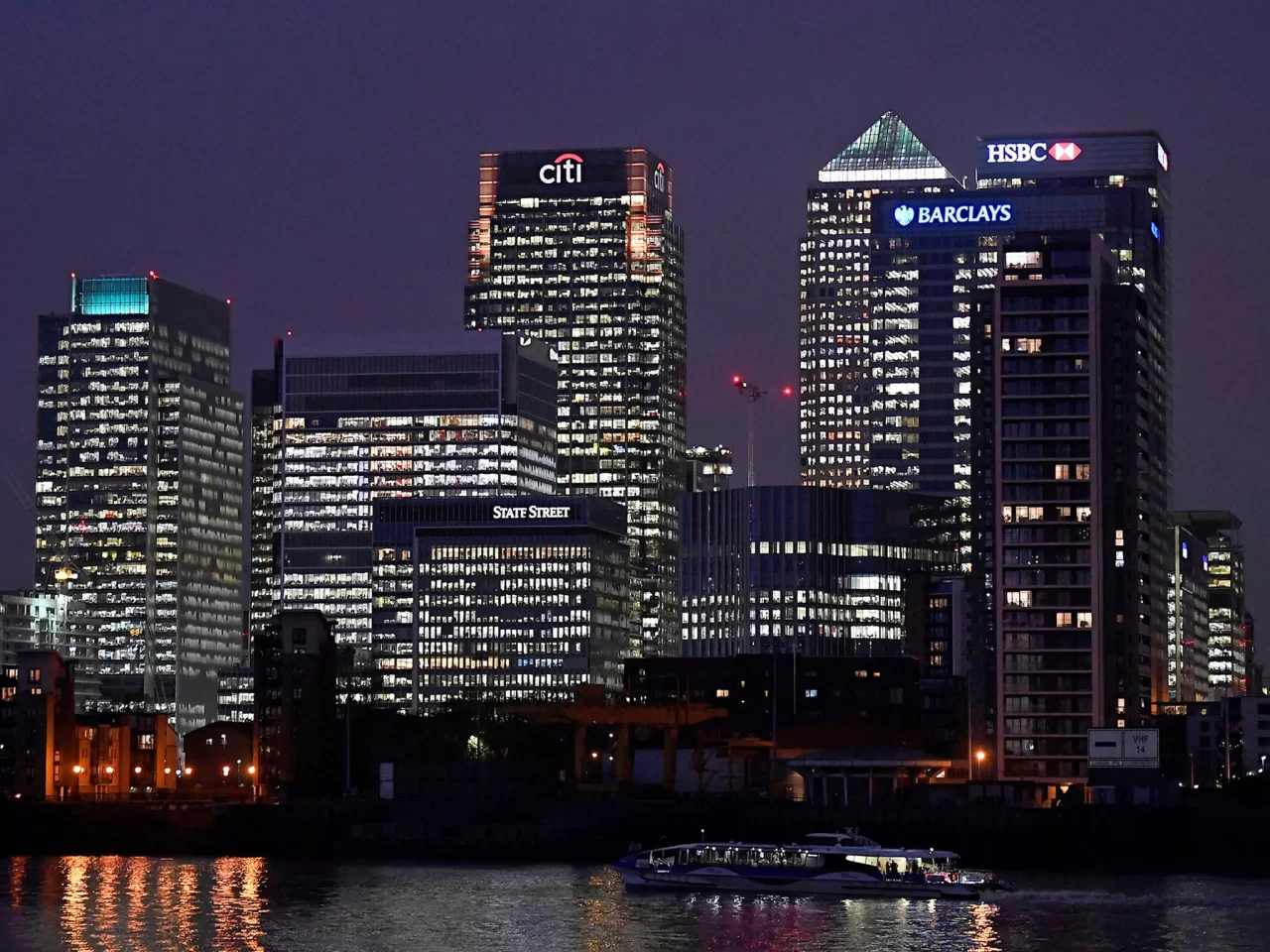In the drive towards a net-zero carbon future, the global banking industry is making remarkable strides. UNEP’s Net Zero Banking Alliance in its progress report, unveils that over 50% of its member banks, including major institutions like Bank of America, HSBC, and Standard Chartered, have committed to credible science-based net-zero targets for 2050. What are the strategies and initiatives that the financial sector adopts to lead our way to a net zero carbon future?

With the increasing effects of climate change worldwide, achieving net-zero emissions by 2050 is imperative. Swiss Re, a leading insurance company, projects that failure to address climate change could cost the world economy a staggering $23 trillion by 2050.
With environmental consciousness now a global imperative, banks are taking unprecedented measures to combat climate change, recognizing carbon emissions as one of the largest externalities affecting the global economy. The Net-Zero Banking Alliance, comprising 134 banks from 43 countries managing a total of $74 trillion in assets, is leading this charge.
Trends and strategies for a net zero carbon future
Several prominent trends and strategies are emerging as the banking and finance industry commits to a net-zero carbon future. One significant aspect is the adoption of decarbonization targets and commitments. Banks and financial institutions are no longer content with business as usual; instead, they are embracing science-based targets to substantially reduce their carbon footprints. The first progress report from the Net Zero Banking Alliance reveals that more than half of its member banks, such as Citibank, Bank of America, and HSBC, have set intermediate decarbonization targets, prioritizing their most carbon-intensive businesses or significant financial exposures to be achieved by 2030.
Sustainable finance and investment are also driving change in the industry. Large global banks, like Morgan Stanley, see opportunities in developing ‘green’ revenue streams, from carbon trading to financing the estimated $50 trillion required for a net-zero future by 2050. This shift departs from traditional financial practices, emphasizing environmental, social, and governance (ESG) considerations. Investors, from pension funds to individual shareholders, are increasingly integrating ESG criteria into their strategies, seeking opportunities that align with ethical and sustainable principles. Sustainable investment funds, green bonds, and ESG-linked financial products have gained popularity, reflecting the demand for investments that contribute positively to both financial returns and the planet. For example, Bank of America aims to achieve net-zero emissions in its operations and supply chain by 2030. HSBC, on the other hand, targets $1.5 trillion in sustainable finance by 2030 to support the transition to a low-carbon economy.
Ensuring a net zero carbon future for all
These trends, along with others like carbon pricing and disclosure, green banking and sustainable lending, technological innovation, and collaboration across industries, are reshaping the banking and finance industry’s trajectory towards a net-zero carbon future.
The collective efforts of banks and their alliances, exemplified by institutions like Amalgamated Bank, Standard Chartered, Citibank, and others within the Net Zero Banking Alliance, demonstrate that achieving a healthier environment and a net-zero future requires a collaborative approach between governments, non-profit organizations, and the private sector. Together, they are setting ambitious collective targets and advocating for supportive regulatory environments to propel the world towards a sustainable and carbon-neutral future.
Tradersdna is a leading digital and social media platform for traders and investors. Tradersdna offers premiere resources for trading and investing education, digital resources for personal finance, market analysis and free trading guides. More about TradersDNA Features: What Does It Take to Become an Aggressive Trader? | Everything You Need to Know About White Label Trading Software | Advantages of Automated Forex Trading









